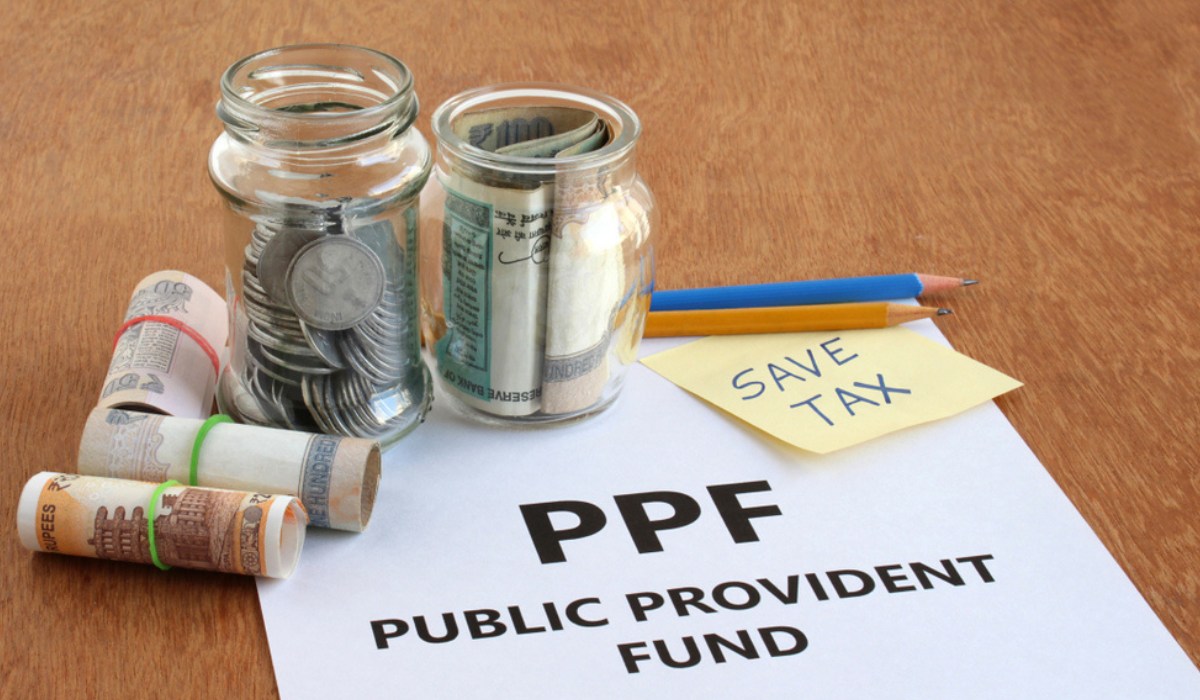Should We Invest in PPF i.e. Public Provident Fund?
In this article, we will explore everything about PPF (Public Provident Fund), including updated rules, pros and cons, and the benefits of using a PPF calculator.

Introduction to PPF
PPF is a government saving scheme designed for long-term investment. It’s commonly used for retirement savings due to its structure, which makes it challenging to withdraw funds before maturity.
Reasons to Invest in PPF
- Decent Interest Rate: Historically, the PPF has offered an interest rate of 7-8% over the past 10-15 years.
- Risk-Free Investment: The interest is guaranteed as it is backed by the government.
- Tax-Exempt Benefits: PPF falls under the EEE category, meaning:
- E: No tax on investments.
- E: No tax on accrued interest.
- E: No tax on withdrawals.
- Tax Deductions: Contributions up to 1.5 lakhs qualify for tax deductions under Section 80C.
Limitations of PPF
While there are numerous benefits, PPF also has its limitations, which will be discussed later. First, let’s go over the features of this investment.
Key Features of PPF
Eligibility
- One Account Rule: An individual can only open one PPF account.
- Exclusions: NRIs and HUFs cannot open PPF accounts.
- Minor Accounts: Guardians can open accounts for minors.
Deposit Limits
- Minimum Deposit: 500 rupees per year.
- Maximum Deposit: 1.5 lakhs per annum, including any minor accounts.
Maturity Period
The maturity period for PPF is 15 years, which is also the lock-in period. This can be extended in blocks of 5 years.
Interest Rate Calculation
Currently, the interest rate stands at 7.1%. Interest is calculated from the 5th to the 30th of each month, and it is essential to invest between the 1st and 5th to earn interest for that month.

Withdrawal Options from PPF
Withdrawals from PPF are not straightforward, but there are three options available:
- Loan Against PPF: Available between the 3rd and 6th year.
- Partial Withdrawal: Allowed from the 7th year onward, with one withdrawal per year.
- Premature Closure: Possible only after the 6th year under specific conditions (e.g., critical illness or higher education).
Conditions for Withdrawal
- Loan: A loan can be taken starting from the 3rd year. Interest on the loan will be 1% higher than the PPF interest.
- Partial Withdrawal: This option is available from the 7th year and is limited to 50% of the PPF amount at the end of the preceding financial year.
- Premature Closure: Only permitted after the 6th year for critical illness, higher education, or if the account holder becomes an NRI. A penalty of 1% on the accrued interest applies.
Loan and Partial Withdrawal Amounts
For loans, you can borrow up to 25% of the balance at the end of the preceding second year. For partial withdrawals, you can withdraw 50% of the amount at the end of the preceding financial year or the preceding four years, whichever is lower.
Reactivating an Inactive Account
An account can become inactive if the minimum deposit is not made. To reactivate, you must pay any outstanding amounts along with a penalty.
PPF Calculator
Using the PPF calculator, you can estimate the total corpus after 15 years. For example, if you deposit 10,000 rupees monthly at an average interest rate of 7.5%, the maturity amount could be around 31,55,000 rupees.

Pros and Cons of PPF
Pros
- Risk-Free Investment with Guaranteed Returns.
- Tax Benefits under Section 80C.
- Good for long-term savings for retirement or children’s education.
Cons
- Liquidity Issues: Funds are locked in for 15 years.
- Average Returns compared to other investment options like stocks or mutual funds.
Who Should Invest in PPF?
- Individuals seeking risk-free investments.
- Those planning for long-term goals like retirement or children’s education.
- People without access to an Employee Provident Fund (EPF).
- Is anyone looking for tax deduction options?
In conclusion, while PPF offers numerous benefits, it is essential to consider your financial goals and liquidity needs before investing. For those seeking stability and security, it can be an excellent addition to a diversified investment portfolio.
Feel free to like and share this article with friends and family, especially those contemplating investing in PPF. This comprehensive guide is a valuable resource for anyone looking to understand this financial product better.
